Вы здесь
Genetic reserve "Kuznetsov Gorge".

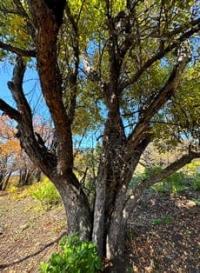
Sivers apple trees in Ile-Alatau park.
“How sweetly the dark green garden slumbers,
Embraced by the bliss of the blue night!
hrough the apple trees, whitened with flowers,
How sweetly the golden month shines!”
F. Tyutchev. “How sweetly the dark green garden slumbers.”
Sivers apple tree in Kuznetsov gorge.
The selection, genetic site in the Kuznetsova gorge valley, located at an altitude of 1150 (the beginning of the gorge) to 1540 (the pass between the Kuznetsov gorge and the Taldy-Bulak gorge) meters above sea level, is located in eastern part of main Turgen gorge, east of village Tau-Turgen, on northern slope of Zailiysky Alatau ridge in Enbekshikazakh district of Almaty region.
Immediately beyond the pass there is a cordon of the Ile-Alatau Natural Park, which belongs to the Turgen branch and administratively belongs to the Malovodnenskoye forestry. The protected area of the Turgen branch of the parak is 72,852 hectares, with an average area of 2,512 hectares.
Apple forests, dominated by the Sievers apple tree (Malus sieversii (Ledeb.) M.Roem, is a relict species and is listed in the Red Book of Kazakhstan. The largest tracts of Sieversii apple forests are located on the area allocated by A.D. Dzhangaliev back in the 60s of the past century selection, genetic site “Kuznetsov gorge”, with an area of about 200 hectares.
In this area, the apple tree has great polymorphism in height, morphological characteristics, winter hardiness, productivity, and immunity to pests and diseases. Fruit-bearing trees vary greatly in fruit weight (30 - 120 grams), shape - spherical, flattened and round, round and conical, elongated and round.
Color ranges from green to greenish-yellow and yellow with bright integumentary coloration. According to taste - from sour-bitter to sweet-fresh, chemical composition and ripening time. The species is of great interest for reintroduction and selection, especially when breeding varieties adapted to drought and frost-resistant, high-vitamin varieties.
In this area A.D. Dzhangaliev, R.M. Turekhanova and T.N. Salova in 1990 selected 20 economically valuable forms of apple trees, and five of them received patents and copyright certificates from the Republic of Kazakhstan.
A large focus of the wild Sivers apple tree is located on the north-eastern slope of the Kuznetsov gorge gorge on the territory of the Malovodnenskoye forestry. This site is the main preserved area in the Zailiskiy Alatau.
Therefore, on September 16, 2010, the Forestry and Hunting Committee of the Ministry of Agriculture of the Republic of Kazakhstan approved a passport for the Kuznetsov Gorge genetic reserve. Detailed studies have shown that the apple tree here has great polymorphism in height, morphological characteristics, winter hardiness, productivity, and immunity to pests and diseases.
There are forms of wild apple trees with low yields (41 - 80 kg/tree), and there are also those whose yields reach up to 900 kilograms per tree. Most trees are between 60 and 100 years old, that is, they are in the period of fruiting and growth, while some are drying out.
Wild apple trees are extremely long-lived: sometimes you can find specimens aged 160 years or more that are in good condition and bear fruit normally. The fruiting branches are also long-lived, they can live up to 30 years.
A characteristic feature of the Sieversii apple tree is the good shoot-regenerating ability of the branches and high bud viability. If the skeletal branches die or are broken off, many buds awaken on the remaining living part of the branch, from which a large number of shoots arise, replacing the dead or broken branch.
A wild apple tree has a high tendency to vegetative propagation. Its natural seed propagation is very low and amounts to no more than 15%. In the first years of life, the seedling is characterized by very slow growth, has a thin, short stem and is very weak.
In most cases, the plant dies due to the competitive ability of grasses. Therefore, the wild apple tree has developed and established the ability for vegetative propagation, mainly by root shoots. In 2014, a high intensity of coppice regeneration was noted in the Kuznetsov Gorge genetic reserve.
On October 17, we carried out censuses on 5-meter areas around one tree. The average number of root suckers here was 21 ind./m2, the range of fluctuations was from 6 to 34 ind./m2. Annual root shoots here reached an average height of 20.3 cm, the range of fluctuations was from 7 to 53 cm (Turekhanova, Ivashchenko, Zhaksylykova, 2015).
An analysis of the current state of the Sieversii apple tree populations was carried out based on data from censuses of individuals at five monitoring sites. Young plants, from one to seven years of age, are mostly of shoot origin - out of 27 such plants, only one seedling was registered.
According to the age composition, six groups were identified: from young, not bearing fruit, to senile (over 130 years old), drying out. Almost all young, vegetative (42.8%) are of shoot origin; the proportion of seedlings, according to our records, does not exceed 1.5%.
Generative individuals in accordance with the classification of A.D. Dzhangalieva (1977) are divided into young people who have not reached the maximum of individual development - 25.7%); middle-aged, with maximum intensity of fruiting (45 - 65 years) - 12.9%; aging generative – 11.4%.
The share of subsenile individuals is 2.9%, senile – 4.3%. Fruiting trees vary greatly in fruit weight (18 - 120 g), as well as in shape (round, flattened-rounded, rounded-conical, elongated rounded), in color - from green to greenish-yellow and yellow, the cover - red with different degree of expression, taste (from sour and bitter to sweet-sour, sour-sweet, sweet) and ripening time.
The most common fruits are yellow in color, flattened and round in shape, taste sour, sweet and sour, ripening in the third decade of August. In the Kuznetsov Gorge genetic reserve, the most common apples are up to 4.0 cm in diameter (72.7%), small ones (up to 2 cm) make up 27.0%, large fruits (up to 6 cm) are relatively rare.
The weight of the first group of fruits ranges from 30 to 40 g; weight of smaller fruits As a result of the selection inventory of the Kuznetsov gorge tract (Malovodnenskoye forestry of the Turgen branch), 20 biologically and economically valuable forms of apple trees were identified, five of which were developed by A.D. Dzhangaliev, R.M. Turekhanova and T.N. Salova to clone varieties protected by copyright certificates of the Republic of Kazakhstan.
It has also been established that the Sivers apple tree populations in the Kuznetsov and Kamennaya gorges have the best preserved genetic structure. Research in recent decades conducted by English and American scientists has finally convinced the whole world that it is the Kazakh “wild” apple tree, the Sieversii apple tree, that is the ancestor of cultivated varieties of apple trees.
Geographical coordinates of Kuznetsov gorge: N43°21'37.80" E77°38'52.74"
Note:
If you are using geographic coordinates for the Google Earth or Google Maps navigation systems, you must remove the last two digits from the geographic coordinates and " (hundredths of seconds) and enter the result in the input line. xample: N51°44'09.67" E72°39'40.81" = N51°44'09 E72°39'40
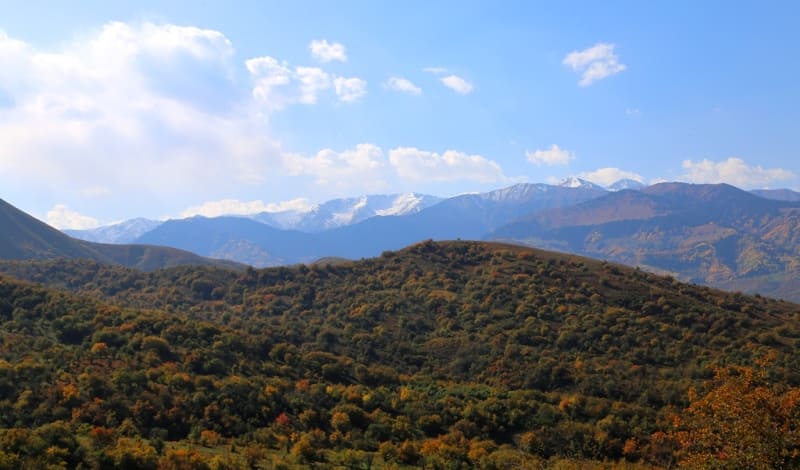
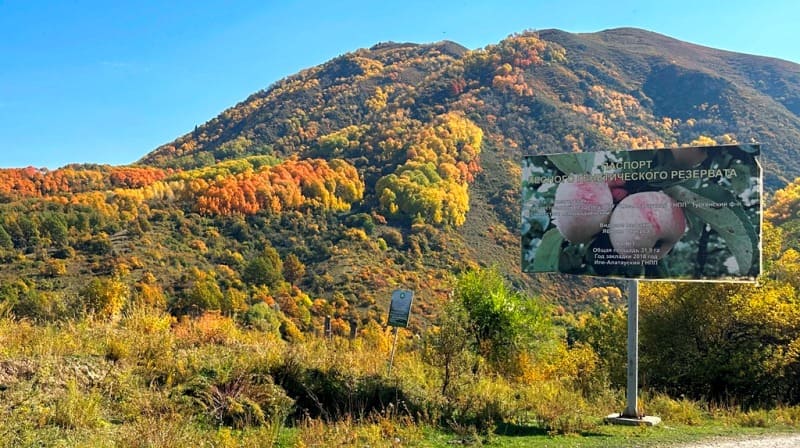
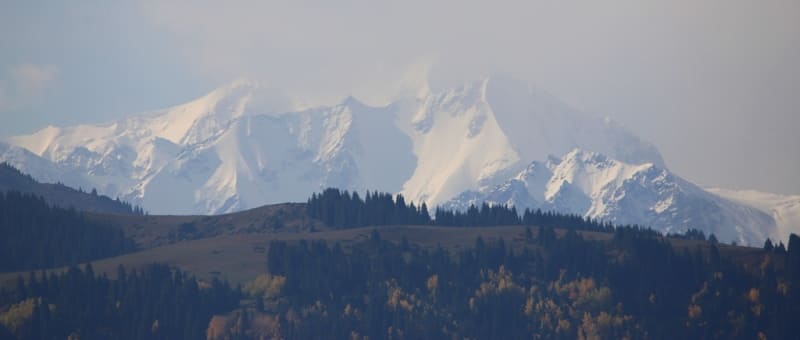
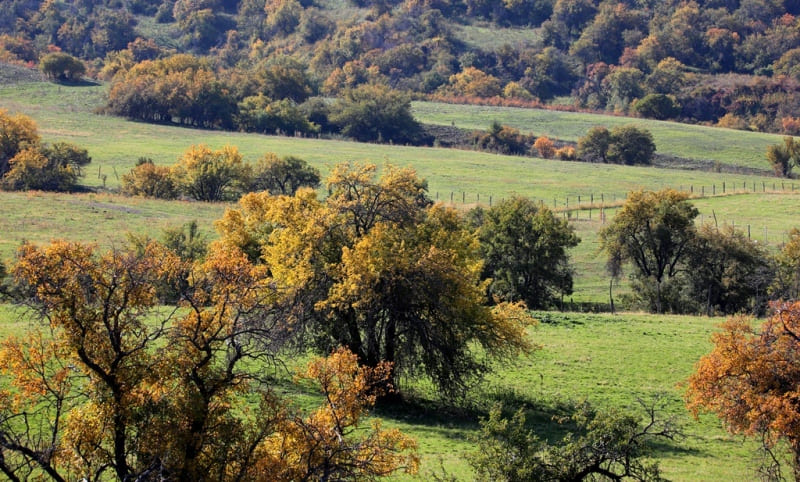
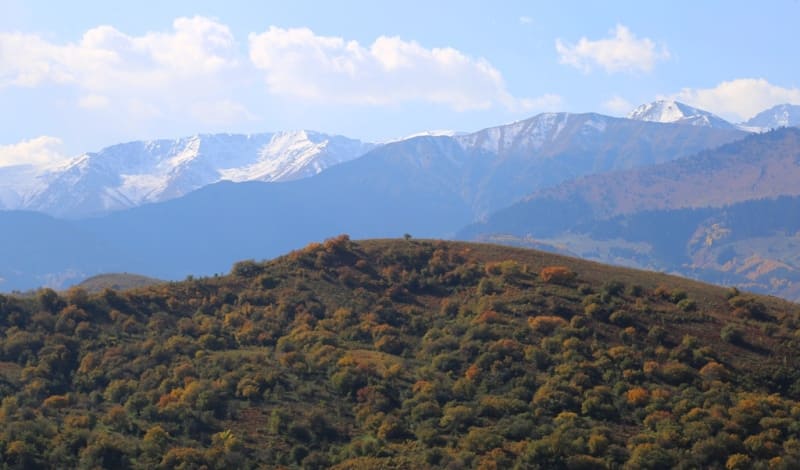
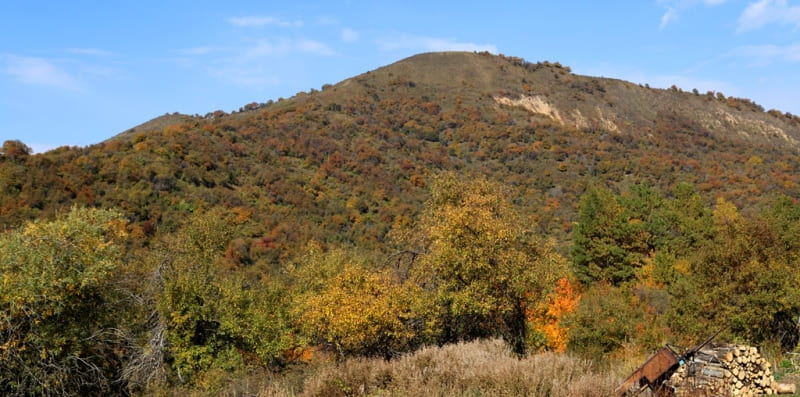
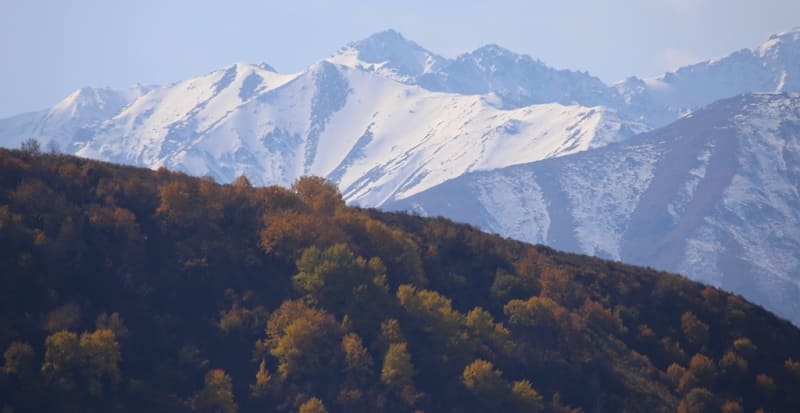
Authority:
Authors: M.S. Ainabekov, P.M. Turekhanova, A.A. Ivashchenko.
https://articlekz.com/article/8869
“Siversii apple tree in Ile-Alatau National Park: results and prospects of monitoring Ainabekov M.S., Turekhanova R.M. Ile-Alatau State National Natural Park.”
https://www.acbk.kz/elfinder/files/Data%20zone/Library/theriology/ile_alatauskogo_gnpp_2015_1.pdf
“Proceedings of the Ile-Alat State National Natural Park.
Executive editor: candidate of biological sciences, professor of RAE A.A. Ivashchenko. Compiled by: Candidates of Biological Sciences A.A. Ivashchenko, R.M. Turekhanov. 2015.”
Alexander Petrov.
Photos by:
Alexander Petrov.







